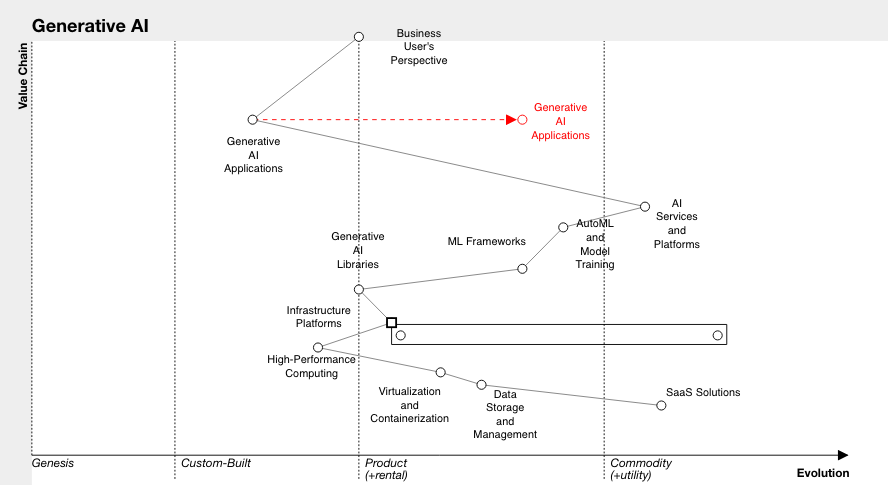Don’t Mention The War! A Great Utility Computing Deception
Let’s talk about something usually considered both certain and ubiquitous1. No, you fellow cynics, the answer here is not “war”, although we will predict a market war part by the end of this article. Our topic today is …







